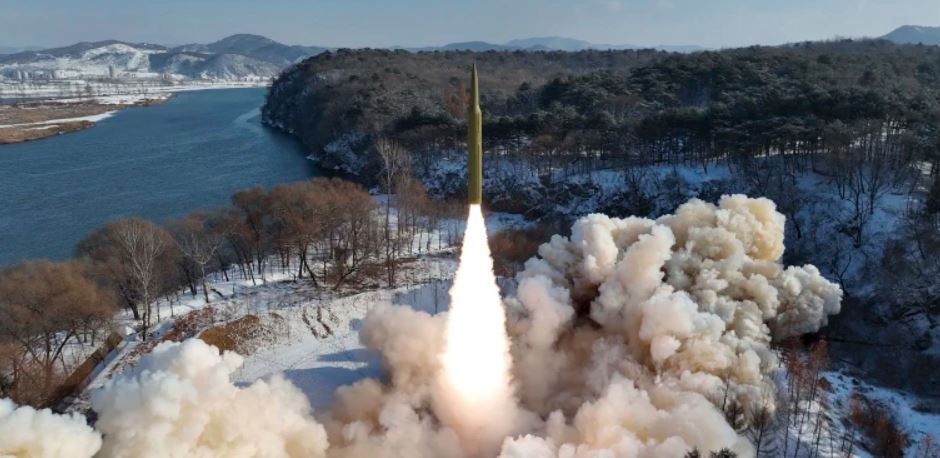New Generation Ballistic Missile of India is Tested successfully on Thursday. They are called Agni-Prime. The defense ministry said in a press release on Thursday that the tests started from APJ Abdul Kalam Island, which is close to the coast of Odisha. The government said the test flight happened late Wednesday night.
“Strategic Forces Command (SFC), along with Defence Research and Development Organisation (DRDO), conducted the successful flight test of New Generation Ballistic Missile Agni-Prime from Dr APJ Abdul Kalam Island off the coast of Odisha at around 1900 hrs on April 03, 2024,” the ministry said.
The examination successfully achieved its intended purpose, hence indicating its efficacy. This assertion was substantiated by the placement of many range monitors in various locations, such as on two ships situated at the terminal point.
The commencement of the launch New Generation Ballistic Missile was witnessed by key individuals inside the Indian Army and DRDO, alongside the Chief of Defense Staff and the Chief of Strategic Forces Command.
You can also check this article: Vivo T3 5G Launched With Dimensity, Is This The Mid Range King?
Defence Minister Rajnath Singh has congratulated the DRDO, SFC and the Armed Forces for the successful test. He stated that the successful development and induction of the missile will be an excellent force multiplier for the armed forces.
Click Here To Read : Rajnath Singh (Minister of Defence of India) Biography
Chief of Defence Staff General Anil Chauhan and Secretary, DRDO Chairman Samir V Kamat appreciated the efforts of SFC and DRDO for the successful flight test.
This Article is Originally published BY ETV Bharat.
Also Read: Top summertime heart health mistakes to avoid; suggestions for cardiovascular health










